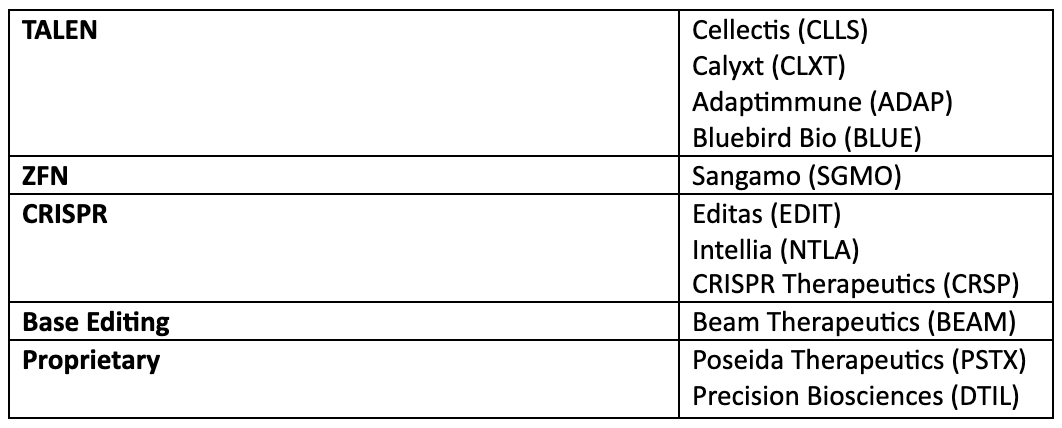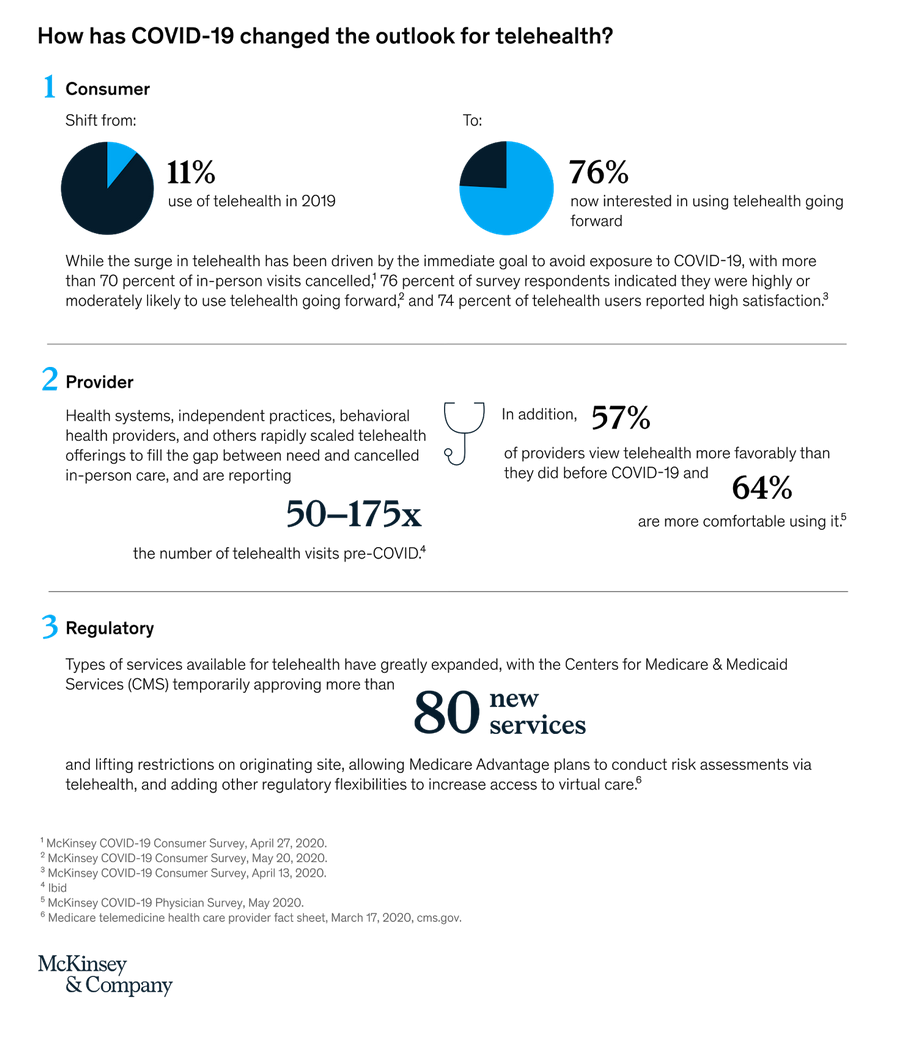Insights from a Candid Conversation with One of Wall Street’s Leading Biotech Analysts
The Gilmartin biotech team recently held a webinar with Evercore biotech analyst Josh Schimmer on how to engage with sell side analysts for private and public companies. For those who were unable to attend, a replay of the conversation can be accessed at vimeo.com/561512437. Throughout the discussion, Josh covered a wide range of topics including how he became an analyst, his preferred methods of receiving information, timing of engagement with private companies, best practices for analyst due diligence and quarterly financial calls, and many other relevant topics. We recommend watching the full webinar to capture all the insights Josh shared, but here are a few key topics we wanted to highlight.
“Where do you receive information on the companies you cover or are interested in?”
While all analysts utilize news services to receive breaking news in real-time, we asked Josh where else he looks to find more information on a particular company. Where he goes first and foremost to learn more about a company is their website, particularly their corporate deck. As a company, your deck should be kept current and easy to find in the investors section of your website. The deck should be clear and concise, yet comprehensive with your catalysts and milestones clearly articulated. An analyst or investor only has a certain number of hours in a day, and they traffic in information. To that end, make sure your corporate materials are easy to access, comprehensive, and highlight the value creating proposition of your story.
“How early do you like to engage with private companies ahead of an IPO?”
Josh tracks every private financing starting with Series A and is happy to meet companies at an early stage. In fact, he says there is no such thing as too early to meet a private company, but the cadence of interaction may vary. Be careful not to overdo the touch points. Analysts are busy– if they cover one stock, it often requires knowledge of 15 or more other stocks in the space, so keep this in mind as you think about reconnecting with updates you want to share. Private companies and public companies have different scopes of value creation. New animal model data that may move the needle as a private company does not necessarily carry the same weight as a public company. The same can be said about the initiation of a clinical trial. As a private company, engagement with analysts is an important step in building Wall Street relationships and evaluating potential banking syndicates, but consider timing your communication around significant news and updates pertaining to your company’s story.
“What makes a good or bad analyst teach-in prior to an IPO?”
Analyst teach-ins prior to an IPO are a critical event in the education of Wall Street before entering the public markets; according to Josh, there are many factors that can make or break an event. Josh’s advice was to avoid making assumptions about your prospective analysts’ base knowledge around your science or therapeutic area. Start with the underlying concept behind the story, where this technology came from or how it was invented, and take your analysts all the way through commercialization. Analysts need every detail in order to build their models, valuations, and DCF analysis. Many companies come into these meetings very shortsighted because their private investors allow them to be. They are very focused on the next step in development, but what about the step after that and the step after that? Additionally, don’t forget to illustrate your company’s competitive landscape, which according to Josh is often lost during these sessions. A company does not need to explicitly prove your technology or programs are superior to competitors, but rather explain your differentiators and let your analyst come to their own conclusions. These are the questions analysts receive on a daily basis from investors and it allows them to make important projections, like potential market share. These sessions are the unofficial kick-off to hopefully a long-term relationship with your sell side analysts and a great way to begin building trust through education and effective communication.
“Do early-stage biotech companies need to host an earnings call every quarter?”
Josh, like many analysts, has a love/hate relationship with earnings season and quarterly financial calls. Oftentimes, they can be dry and time consuming, with a scarce amount of any value-add. Among biotech companies, three months is a very short amount of time in the grand scope of drug development and there will often be little to no new updates to report. However, calls can be valuable and give analysts an opportunity to check in with companies they cover and ask questions to gather greater visibility into clinical programs. If you do hold quarterly calls, one suggestion Josh offers is to cut out sections that can be read straight from the company’s press release, particularly the line item overviews in the financial section. Some of his favorite calls are ones that give a brief overview of clinical updates, explain the timing of next milestones, and proceed straight to questions. If your earnings call is 10 minutes, that’s a success. Do not feel pressured to fill airtime or conform to the traditional call structure.
“If a company finds an inaccuracy in a research report, how would you prefer they approach the situation?”
Analysts are sensitive to their product. They put a lot of time and effort into the reports they publish, so take that into consideration before you approach them with a mistake or inaccuracy. Be gentle and try to avoid nitpicking. Consider whether or not the inaccuracy is substantial enough to address before you do so. If it is material, your analyst should be happy to have a quick call to discuss the misunderstanding and how it can be avoided going forward. Always keep in mind however, the companies that send laundry lists of comments on each report can damage the relationship they have with their analyst.
A common theme from our discussion centered around trust. An analyst’s relationship with a company is built and maintained on trust. There is no shortage of companies in the public markets, and the second a company loses their trust, an analyst can and likely will move on to the next one. Be forthcoming with information, both positive and negative. Keep a steady cadence of communication with your analysts, but be respectful of their time. Quick email notes or 20-minute update calls can be greatly valuable and efficient for both parties. Building and maintaining these relationships is a critical part of a company’s life on Wall Street, and Gilmartin is here to help you throughout the process.
[/fusion_text][fusion_text columns=”” column_min_width=”” column_spacing=”” rule_style=”default” rule_size=”” rule_color=”” content_alignment_medium=”” content_alignment_small=”” content_alignment=”” hide_on_mobile=”small-visibility,medium-visibility,large-visibility” sticky_display=”normal,sticky” class=”” id=”” font_size=”” fusion_font_family_text_font=”” fusion_font_variant_text_font=”” line_height=”” letter_spacing=”” text_color=”” animation_type=”” animation_direction=”left” animation_speed=”0.3″ animation_offset=””]
Stephen Jasper, Principal
[/fusion_text][/fusion_builder_column][/fusion_builder_row][/fusion_builder_container]















